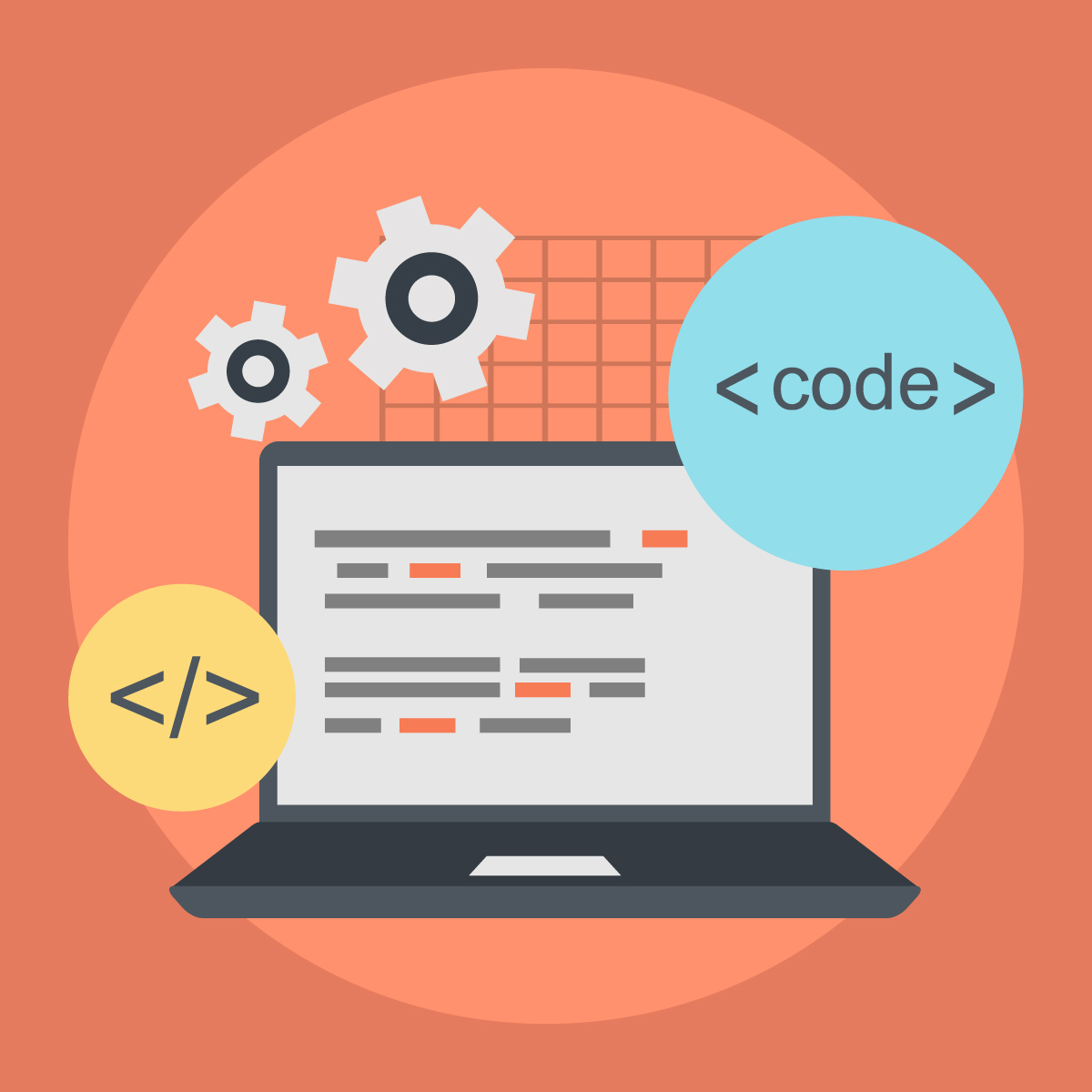


In web development, symbols play a crucial role as they are fundamental to expressing the structure, behavior, and styling of web pages. They are employed in various aspects of web development, including HTML for structure, CSS for styling, and JavaScript for behavior. Additionally, symbols facilitate seamless communication and collaboration among developers, making them indispensable in the realm of custom web development.
Symbols in coding refer to characters or special tokens used to represent various elements and operations within a programming language. These symbols play a crucial role in writing code, providing a concise and standardized way to convey instructions to a computer. In this discussion, we'll explore the significance of symbols in coding, their types, and how they contribute to the structure and functionality of programming languages.
Symbols serve as the building blocks of code, representing everything from variables and data types to operators and control structures. They facilitate communication between programmers and computers, allowing for the creation of complex algorithms and software.
Symbols in coding can be broadly categorized into several groups:
+, -, *, / for arithmetic operations.
=, ==, != for assignment and comparison.
(), {}, [] for grouping and defining blocks of code.
,, ; for separating statements.
Let's consider a simple example in the Python programming language to illustrate the use of symbols:
# Define variables x = 5 y = 10 # Perform arithmetic operations sum_result = x + y difference = x - y # Conditional statement if sum_result > 10: print("Sum is greater than 10") else: print("Sum is not greater than 10")
In this example, symbols like =, +, -, >, and : play crucial roles in defining variables, performing operations, and creating conditional structures.
Here is the ultimate guide to web development using Python.
In the realm of coding, symbols are indispensable tools that empower programmers to create powerful and efficient software. From basic alphanumeric characters to specialized symbols representing complex operations, these elements form the language through which humans communicate instructions to computers. As programming languages continue to evolve, symbols will remain integral to the process, providing a universal and standardized way to write code.
Embracing symbols, understanding their meanings, and leveraging them effectively enable developers to unlock the full potential of programming languages, creating software that is not only functional but also elegant and expressive.
